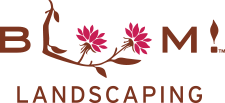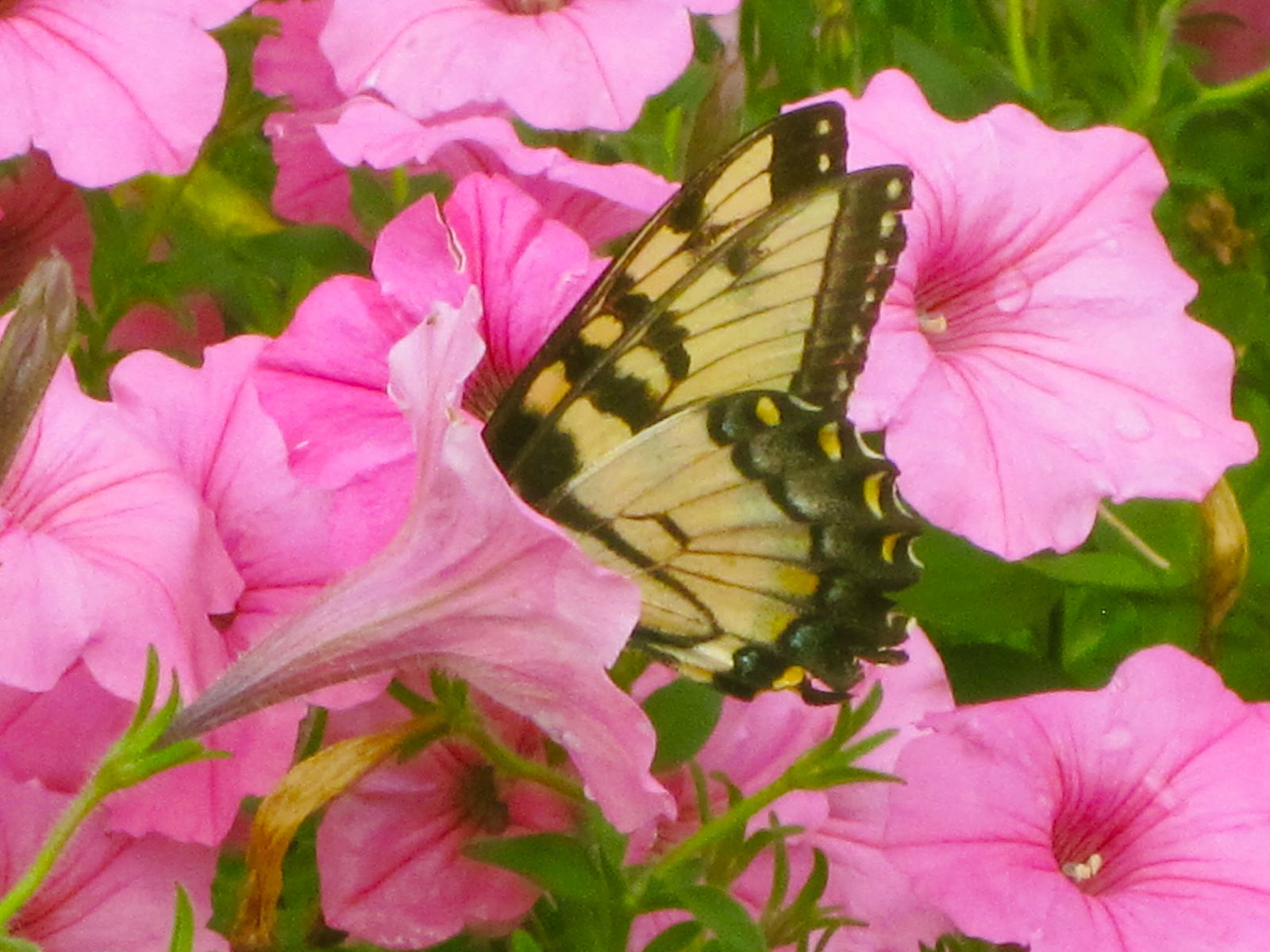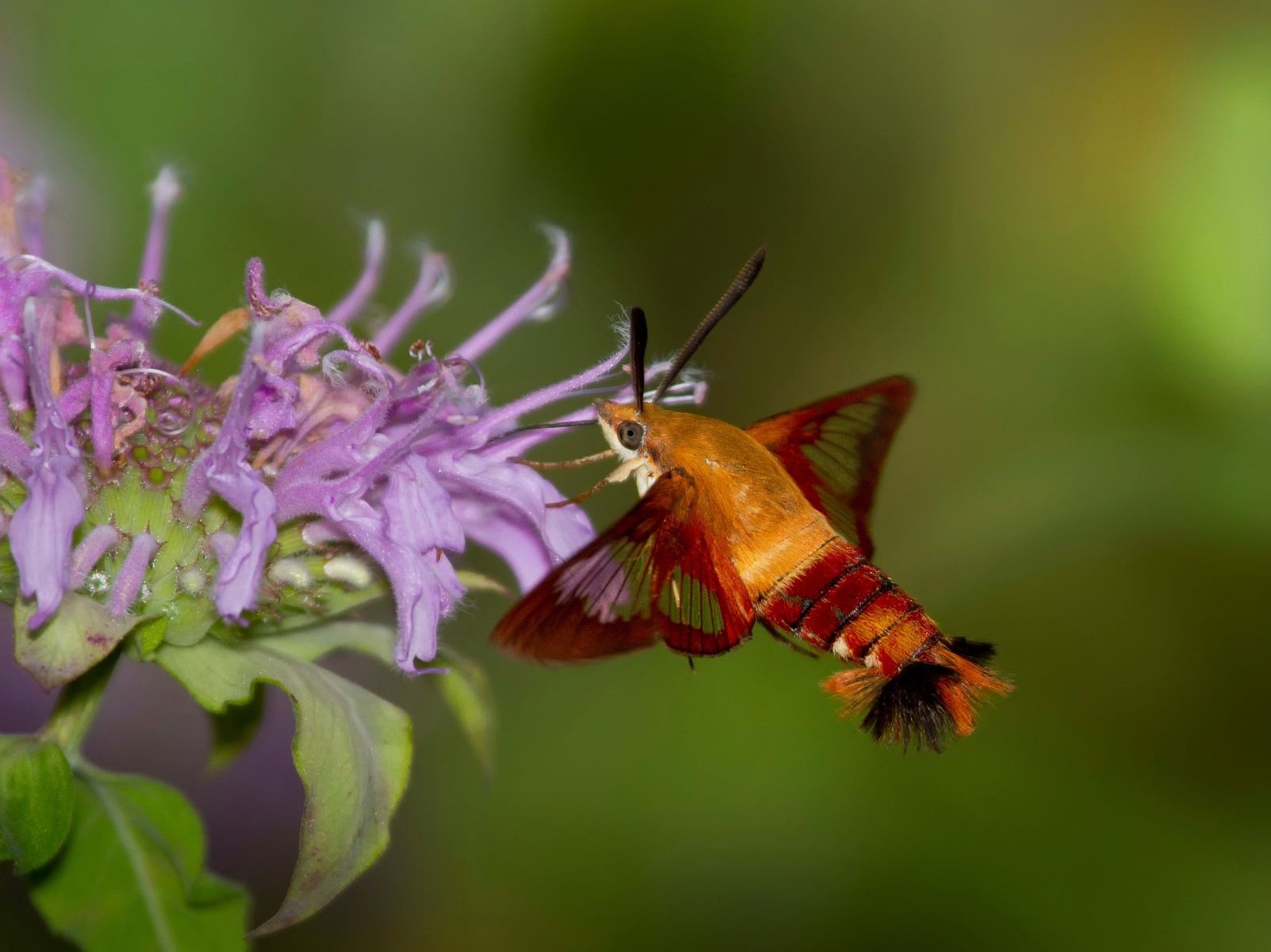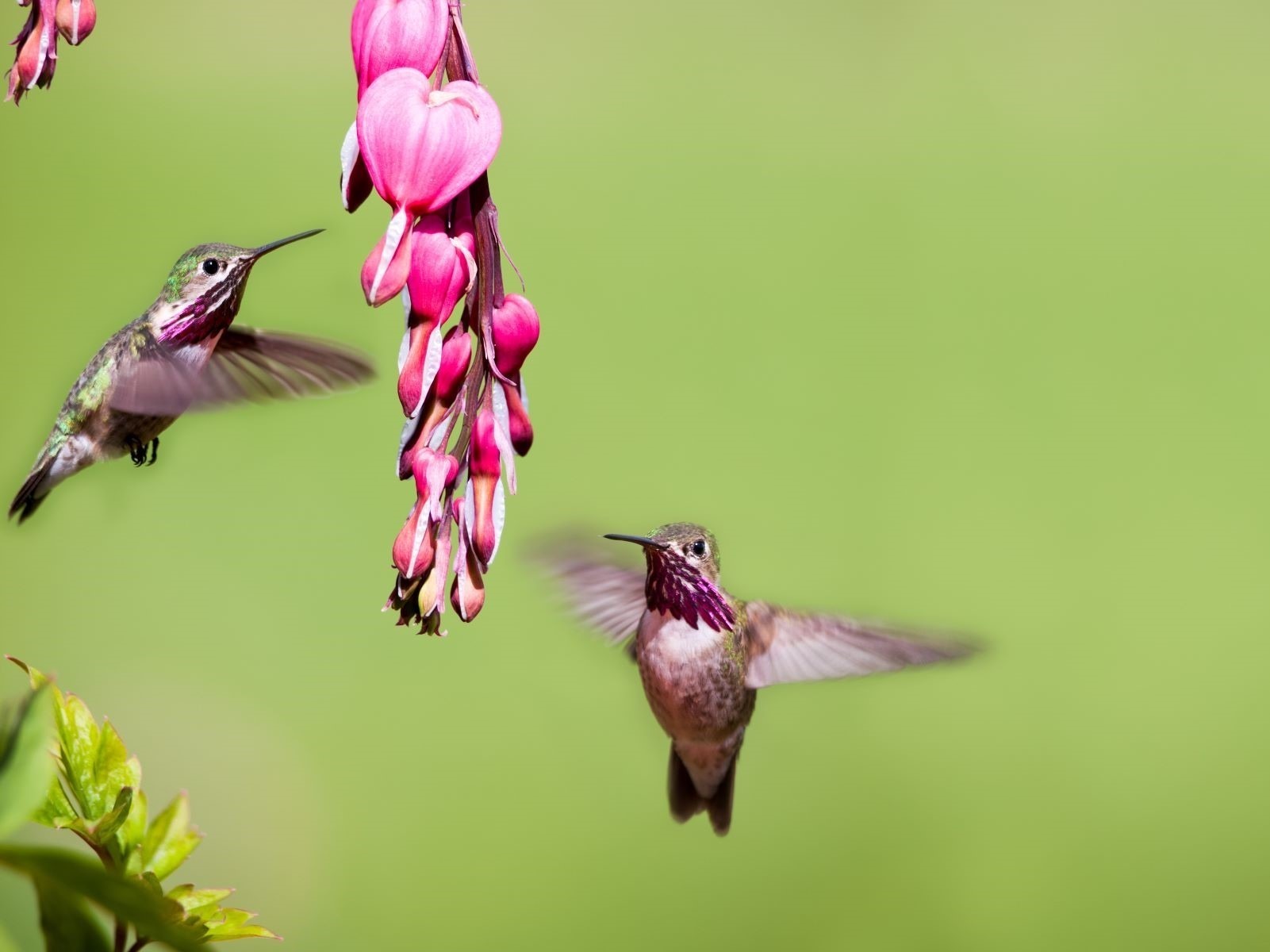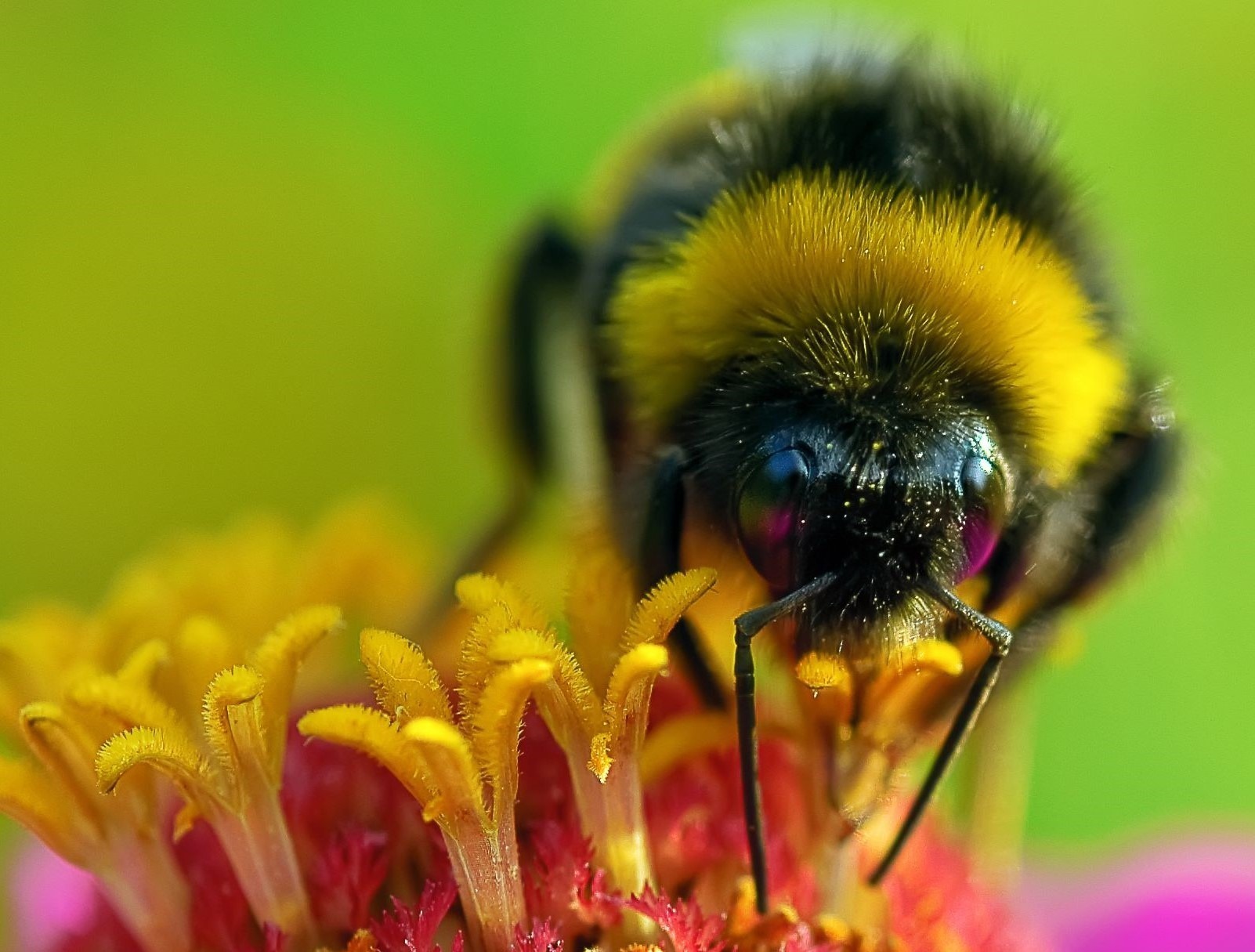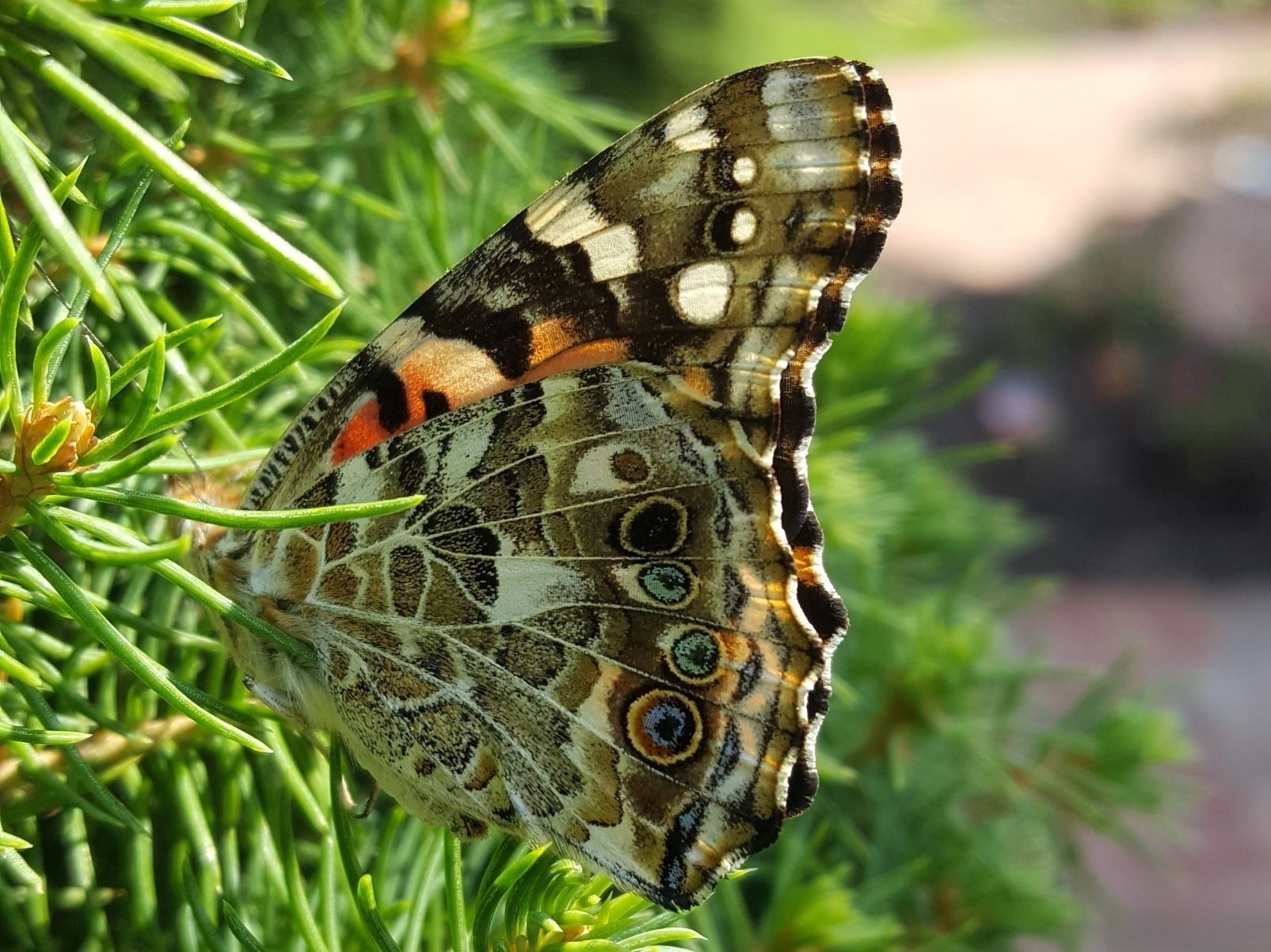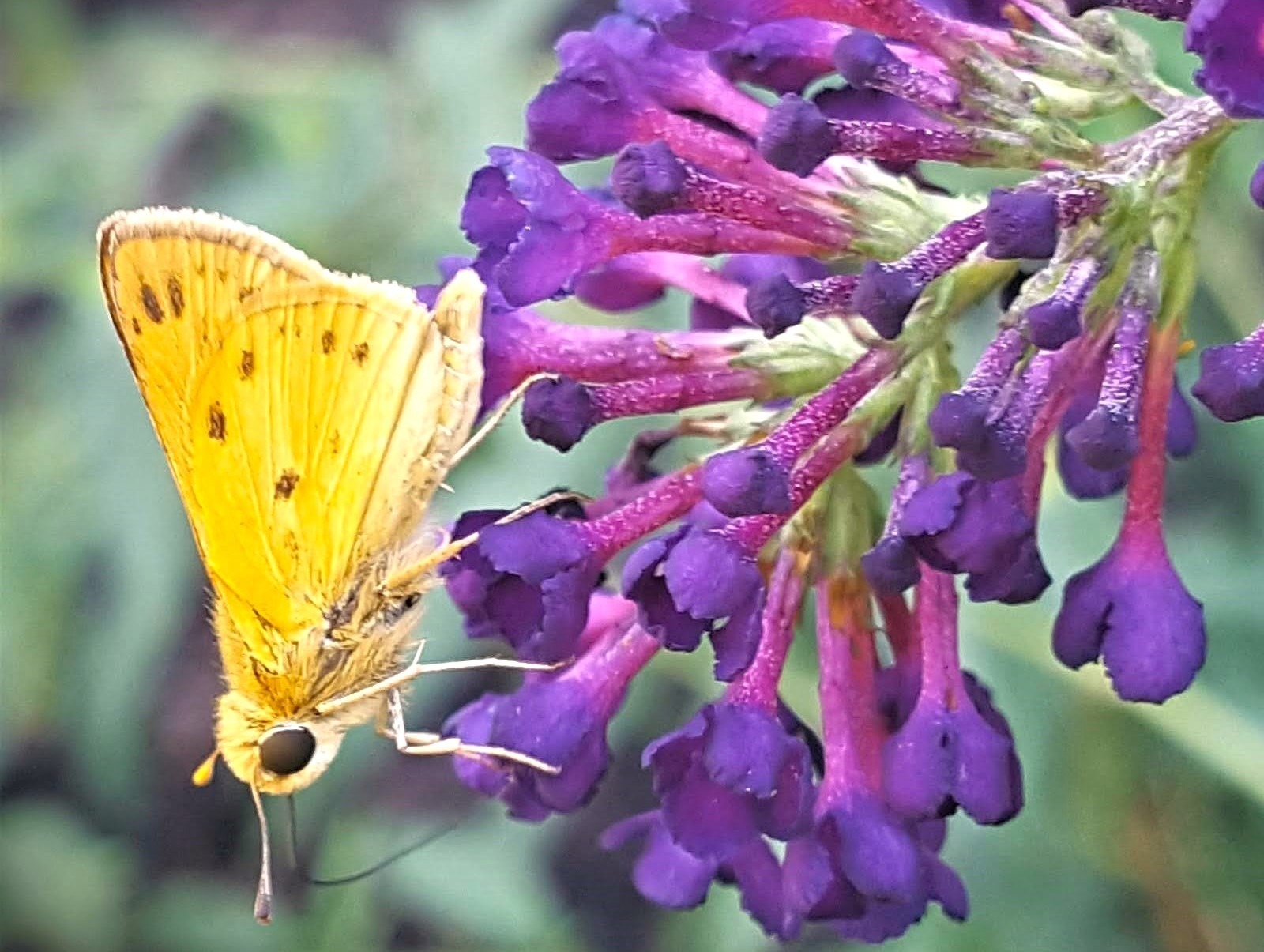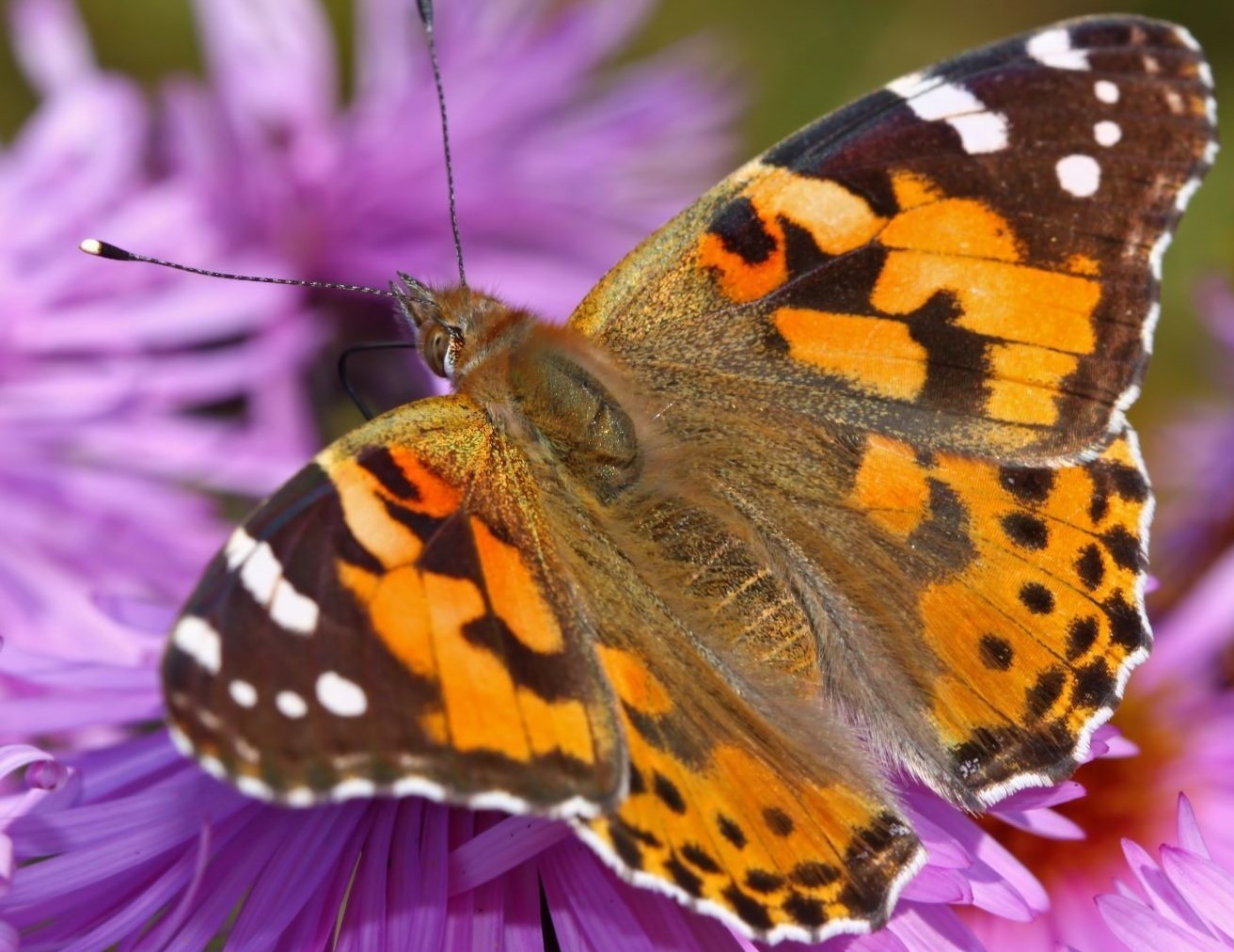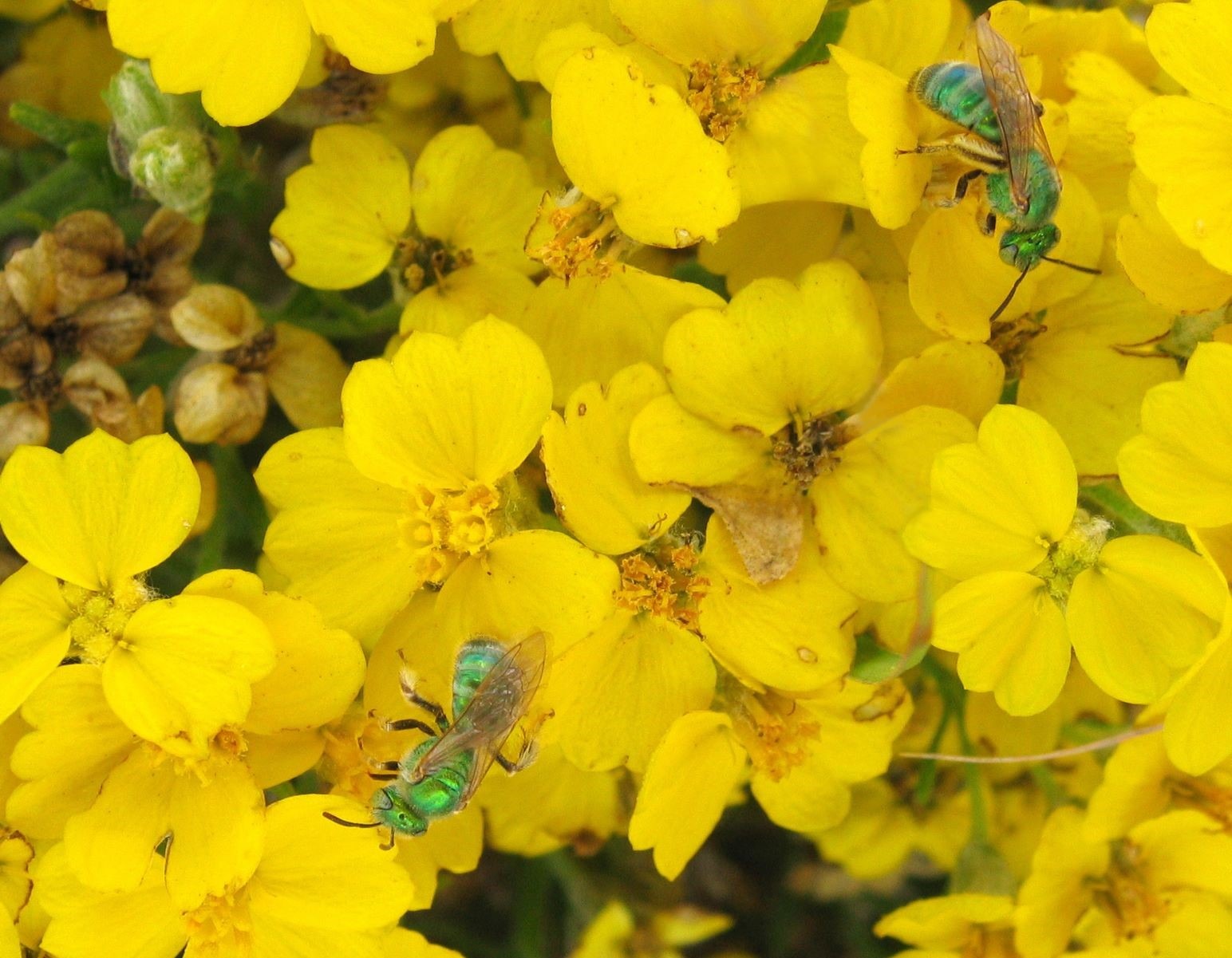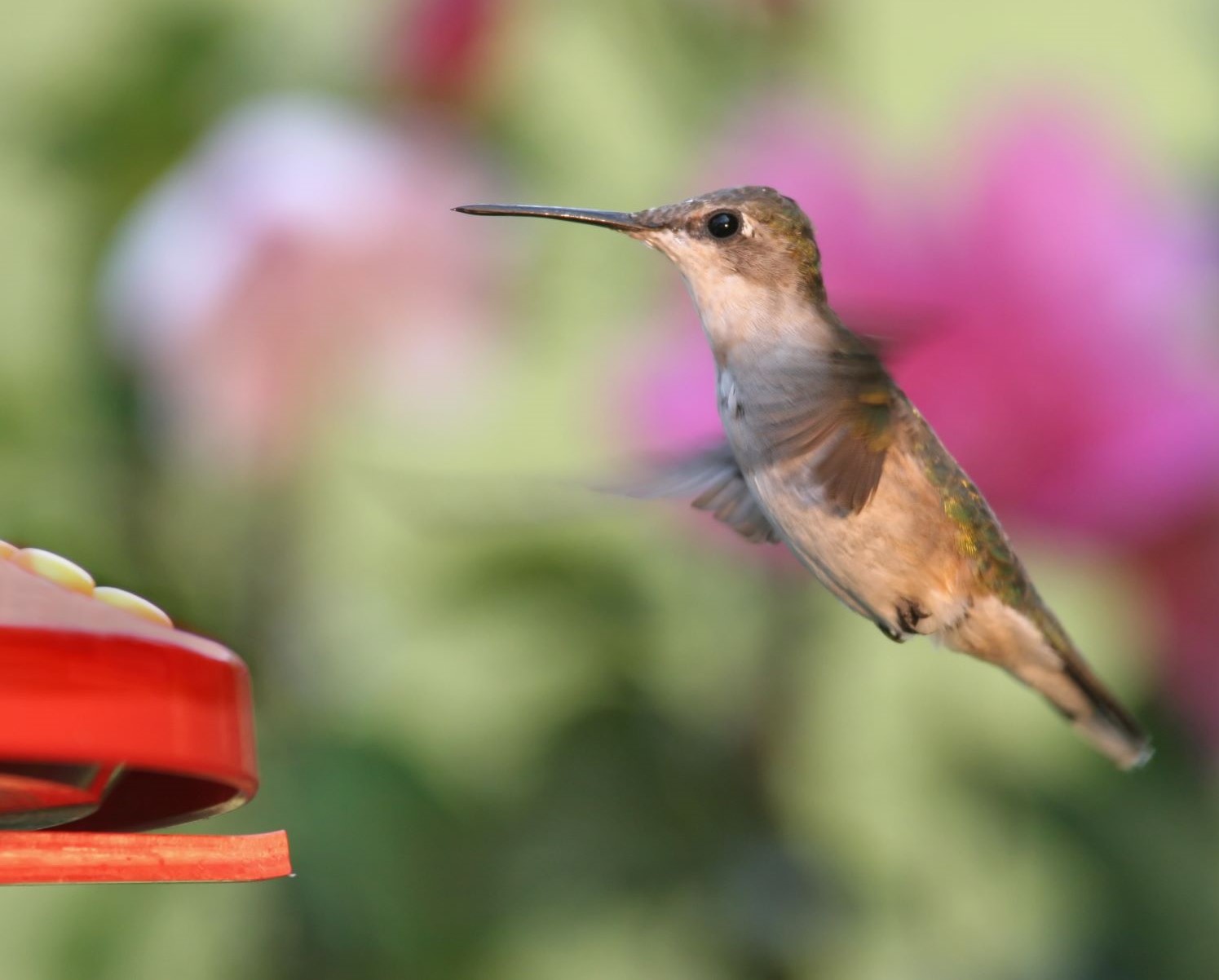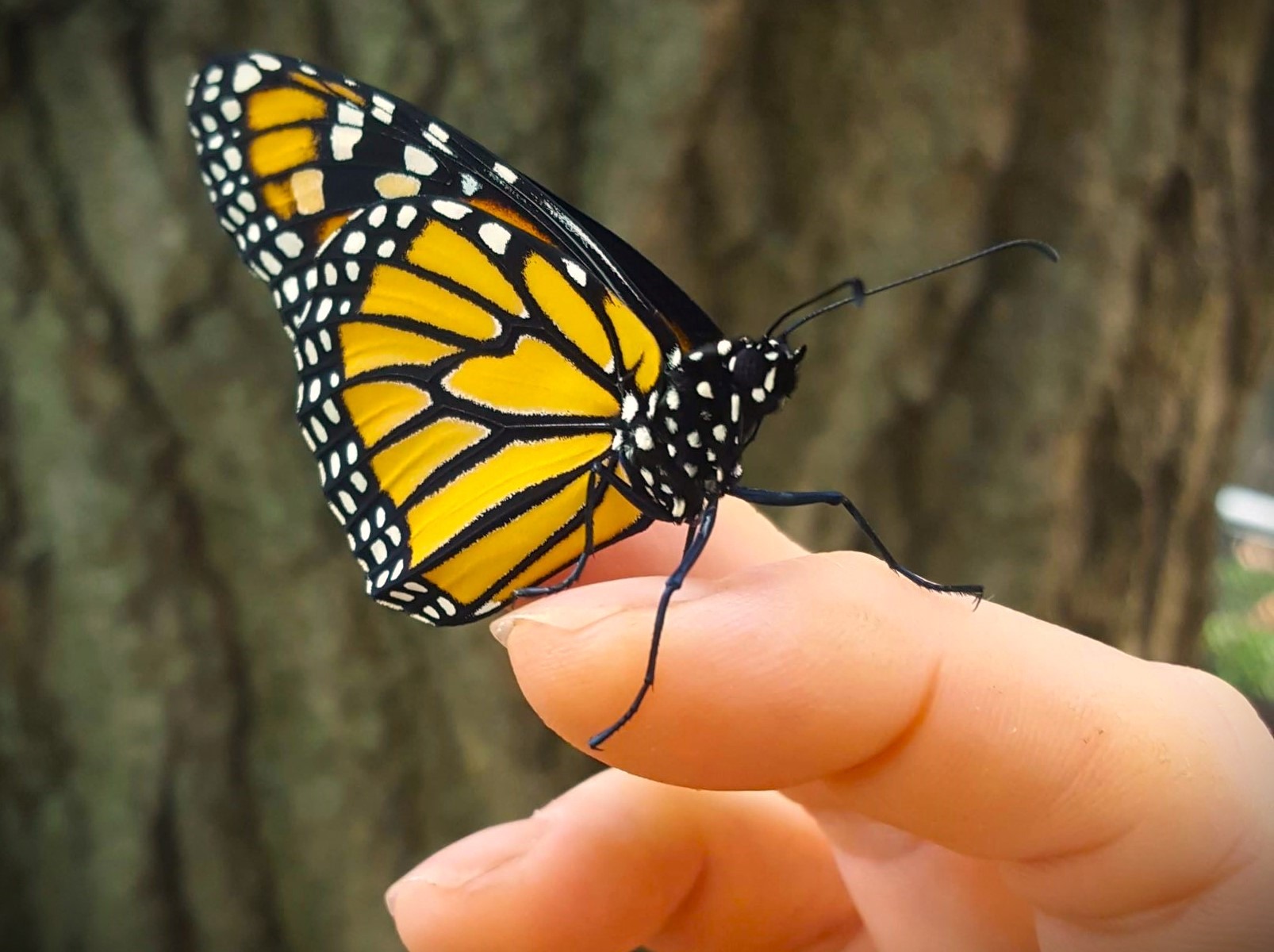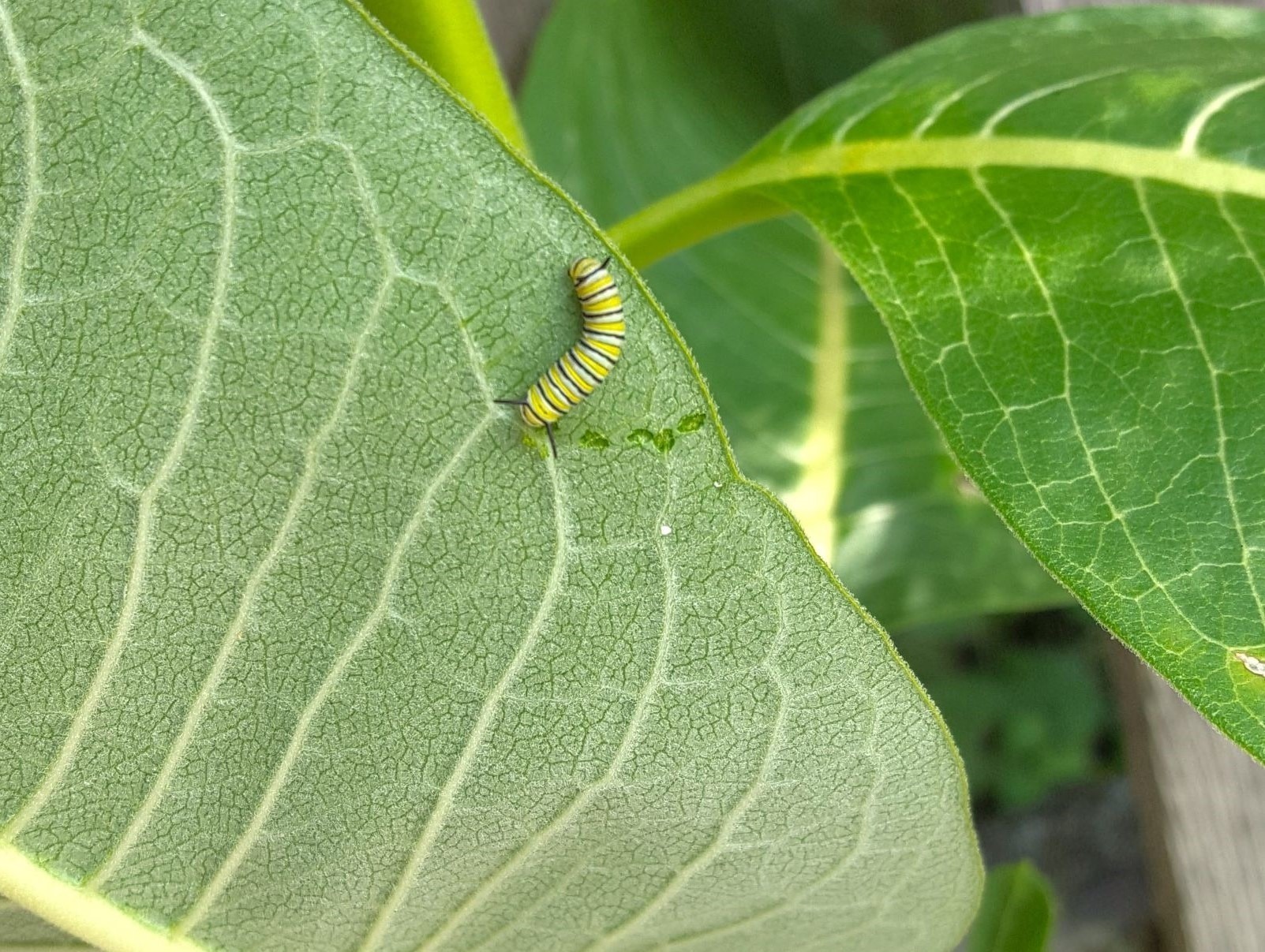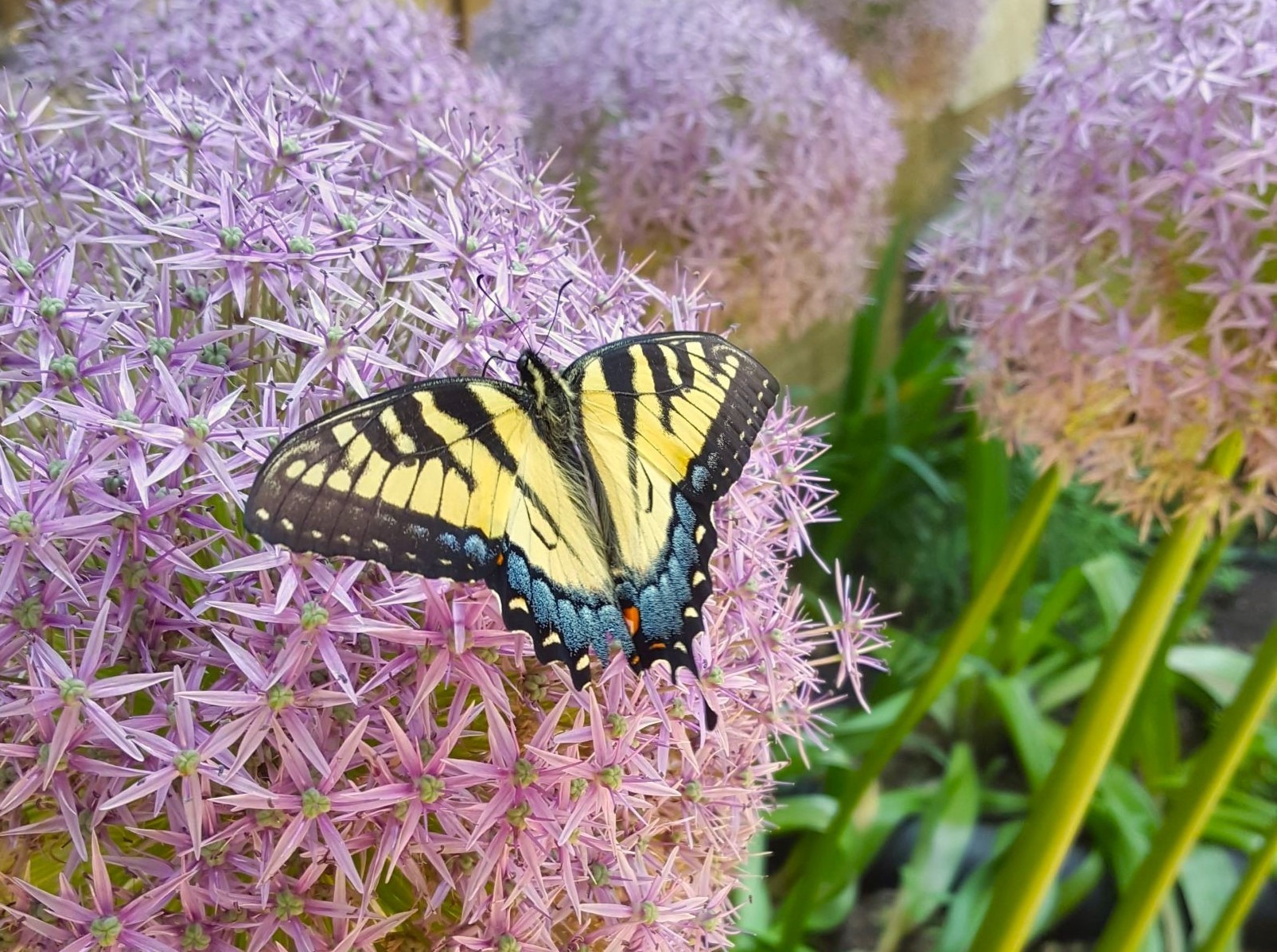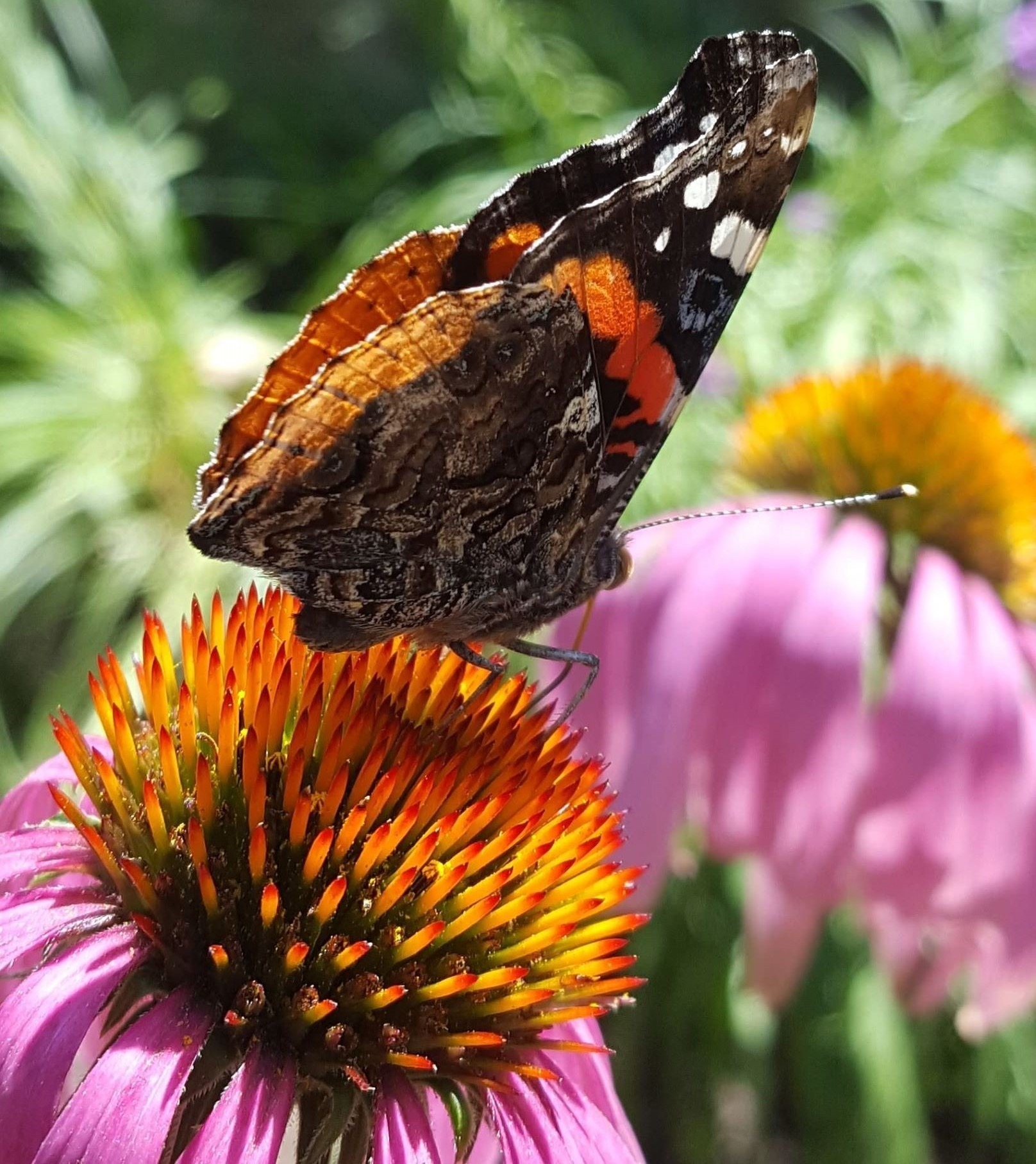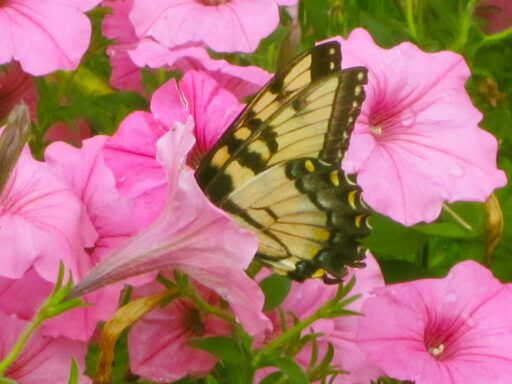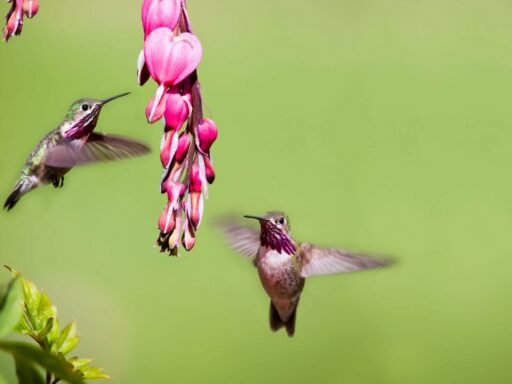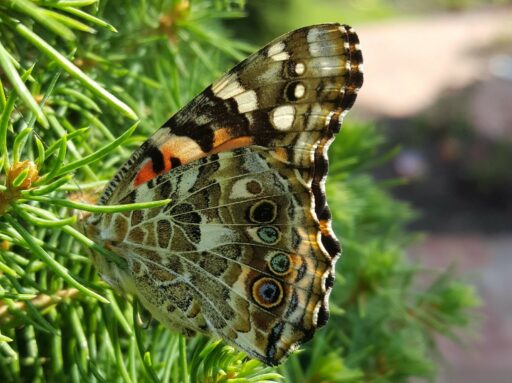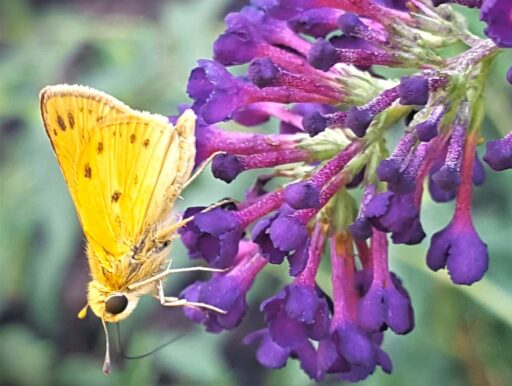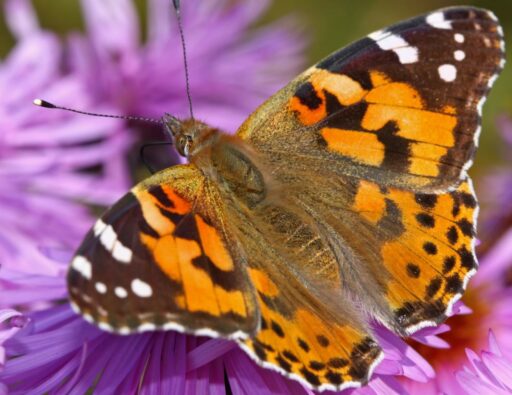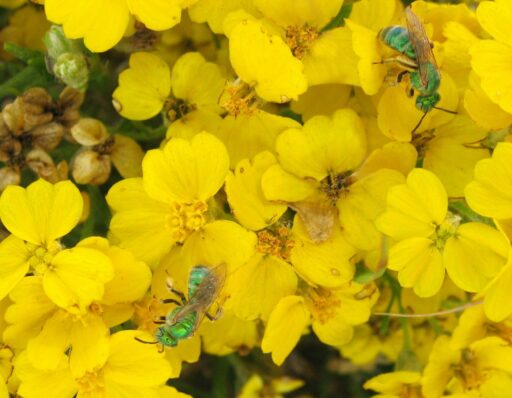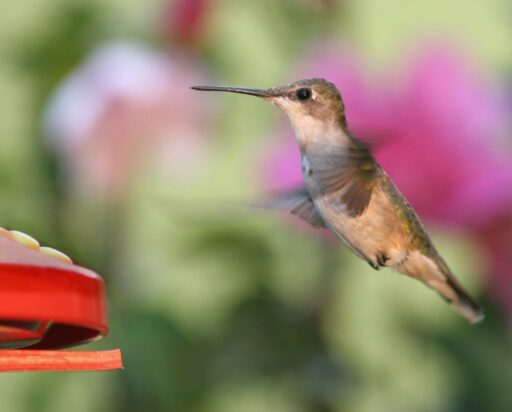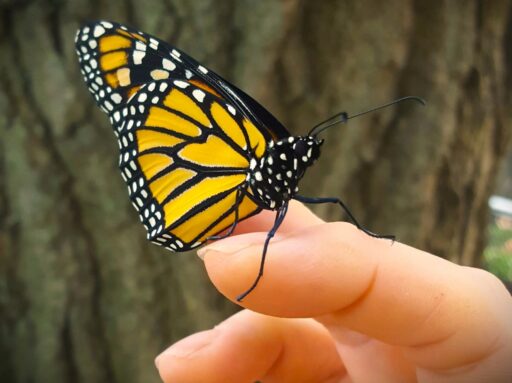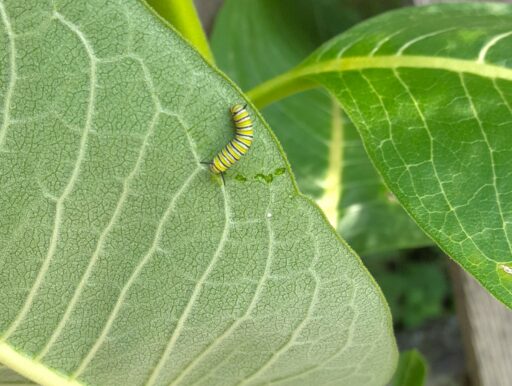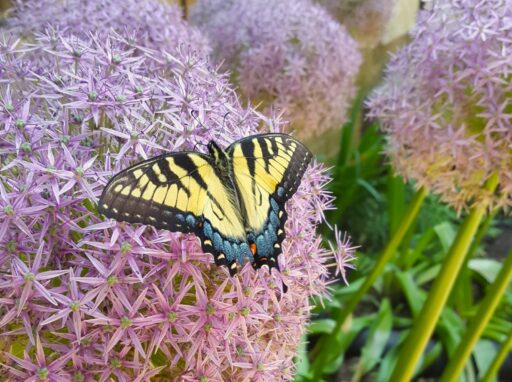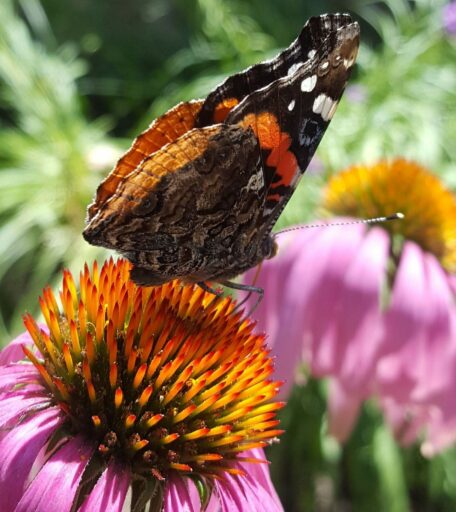Pollinator landscapes bloom from spring though frost.
They paint earth and sky in spectacular colors.
To attract a beautiful array of butterflies, bees and hummingbirds to your yard, an amazing color show of timed blooms from early April into October will create the perfect hub for pollinators. It all begins with a well-designed landscape plan of nectar and host plants, proper plant siting and other elements of good design. Pollinator gardening is a mutually beneficial opportunity to participate in conservation and experience the serenity of connecting with nature up close.

Bloom! In the News:
Pollinator Gardening Tips
Fall is the perfect time to put in pollinator-friendly plants, and help the environment
Sept. 4, 2020
Milwaukee Journal Sentinel

In this Article:
*Attracting specific pollinators
*Buzz pollination
*Favorite pollinator plants
*Flower size and shape
“If you want a dedicated pollinator garden, you have to have large quantities of both host and nectar plants for all the different pollinators, said Kristyn L. Greenfield, owner of Bloom! Landscaping in Wauwatosa.
“…they use ‘buzz’ pollination methods, where you literally hear them buzz, buzz, buzz from flower to flower vibrating the pollen into position, whereas, another bee may not be able to deliver the pollen to the reproductive parts of the flower.”
Pollinator Gallery (mobile)
“If you have thousands of flowers or florets available, you have a hub. It’s like an awesome restaurant or bar that everyone wants to come to. If you want a wide variety of butterfly species, cool hummingbird moths and native and honey bees, the garden should be filled with plants that have large flower heads such as phlox,” as the flower head on that plant could provide 100 flowers, whereas, for example, the flower on a daylily would provide just one, Greenfield said.
Butterfly I.D. Pics
ORGANIZED BY SIMILARITIES: This is an easy starter i.d. guide of butterfly favorites seen in the Greater Milwaukee area. We have many more native butterfly species in Wisconsin that are trickier to i.d. or less common in the southeast. Most of these beauties are found throughout the U.S.
Swallowtails






(closed wings)
Red Admiral


Mourning Cloak


Monarch & Mimic





The Ladies


Blue Butterflies of WI

(open wings)

(closed wings)


Pollinator Gallery (mobile)
